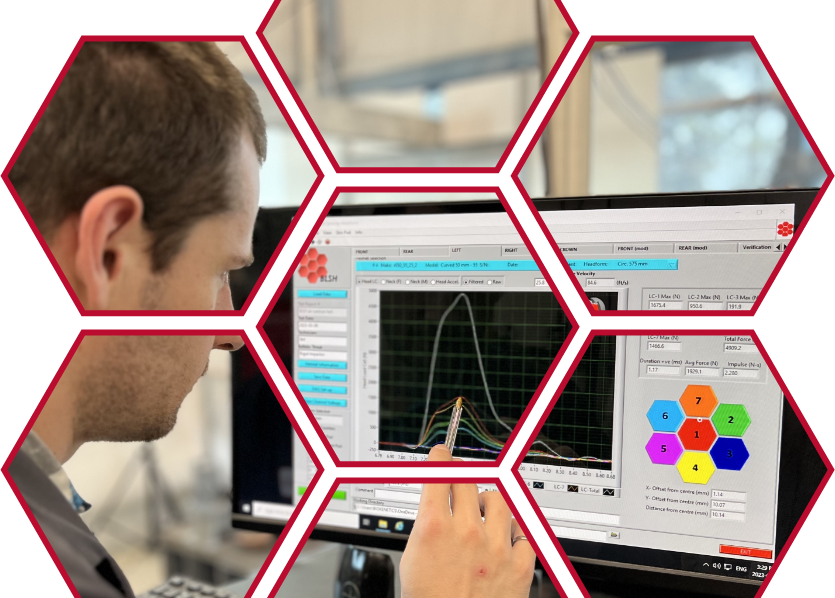The development and regulation of drones have become a contentious point of conversation over the past several years, with the undeniable advantages and simultaneous difficulties posing a unique challenge for regulators and safety experts to overcome. As we continue to see wide-scale advancements in the technology behind drones and unmanned assets, the need for a better understanding of the risks and mitigating measures is essential. At Biokinetics, we are proud to offer testing and evaluation services for small unmanned aircraft (sUA) that have the potential to be involved in accidental impacts with people.
Through extensive evaluation in our laboratories, our team is able to accurately and efficiently evaluate the safety risk associated with drone units according to standards set by the FAA (14 CFR Part 107) and other governing bodies. Below, we’ll take a look at some of the basics of commercial drone operation, the associated risks, and how trusted evaluation can help mitigate threats to the public. Read on to learn more!
What Are Unmanned Aerial Systems?
While many may be familiar with drones for personal use, unmanned aerial systems have become increasingly common in commercial settings for delivery, military operations, weather reporting, commercial videography and photography, aerial imagery and topography, as well as security purposes. As a remarkably valuable resource for multiple industries, drones allow for efficient operations, and can even help to mitigate certain hazards for humans by removing the need for a physical person to be exposed to dangerous conditions directly.
Thanks to their lightweight, agile and versatile range of applications, UASs have the potential to streamline workloads in certain sectors, saving time and money for owners and operators alike. With that being said, they are not without their share of complications, including:
Less Standardized Legislation
As drones and unmanned assets are a new and emerging technology, they lack the same kind of standardized safety standards and universal risk profiles that other resources already have in place. Legislators, like the Federal Aviation Administration, have established a set of rules, however, the current list should by no means be considered exhaustive, or complete. The reality at this point in time is that the available use and practicalities of drone usage are still very much under review, with questions about determining airspace rights, protection against trespassing (more on that in a moment), and creating regulations that avoid conflict between federal and regional laws while keeping a key focus on the global market.
Safety Concerns
Despite many drones being relatively lightweight, there is no denying that they present a certain element of risk to the public, especially in the case of a crash or fall whereupon an impact can cause direct bodily harm to unsuspecting citizens. Collateral damage caused by drones is often discussed in a military context (and rightfully so), but similar concerns remain even in day-to-day environments where drones may have to navigate structural hazards, stand up to unpredictable weather patterns, and be able to avoid unsuspecting people without an issue. Knowing how to prevent collisions and fall risks, as well as knowing the potential that a specific unit has to cause harm (i.e. increased risk due to weight, speed or physical features) is crucial to lowering the overall danger presented in any application.
Creating a Foundation of Trust and Safety
As drone technology continues to evolve, it is essential that manufacturers, regulators, and drone operators focus on assessing the risks inherent in the use of UAS’ and implement safety measures accordingly. At Biokinetics we know that one of the best ways to prevent impact injuries and reduce risk is through the gathering and analysis of vital information that allows informed decisions to be made with confidence.
For over 45 years, our team of biomechanical engineers has partnered with clients to provide comprehensive full-scale testing and assessment services for drones, as well as accident reconstruction services, ballistic testing, sports injury research and prevention assessment, and more. Biokinetics believes in the power and confidence that comes with knowledge and understanding and is pleased to help our clients create a foundation of safety moving forward by leveraging test results and consulting services. You can trust Biokinetics to provide the right recommendations when it matters most.
Learn more about our drone testing services, as well as our entire range of testing and consulting offerings by contacting our team today!

